Apple may not be as flashy as other companies in adopting artificial intelligence features, nor does it have as much drama surrounding what it does. Still, the company already has a lot of smarts scattered throughout iOS and macOS. Here's where.
Apple does not go out of its way to specifically name-drop "artificial intelligence" or AI meaningfully, but the company isn't avoiding the technology. Machine learning has become Apple's catch-all for its AI initiatives.
Apple uses artificial intelligence and machine learning in iOS and macOS in several noticeable ways.
What is machine learning?
It has been several years since Apple started using machine learning in iOS and other platforms. The first real use case was Apple's software keyboard on the iPhone.
Apple utilized predictive machine learning to understand which letter a user was hitting, which boosted accuracy. The algorithm also aimed to predict what word the user would type next.
Machine learning, or ML, is a system that can learn and adapt without explicit instructions. It is often used to identify patterns in data and provide specific results.
This technology has become a popular subfield of artificial intelligence. Apple has also been incorporating these features for several years.
Places with machine learning
In 2023, Apple is using machine learning in just about every nook and cranny of iOS. It is present in how users search for photos, interact with Siri, see suggestions for events, and much, much more.
On-device machine learning systems benefit the end user regarding data security and privacy. This allows Apple to keep important information on the device rather than relying on the cloud.
To help boost machine learning and all of the other key automated processes in iPhones, Apple made the Neural Engine. It launched with the iPhone's A11 Bionic processor to help with some camera functions, as well as Face ID.
Siri
Siri isn't technically artificial intelligence, but it does rely on AI systems to function. Siri taps into the on-device Deep Neural Network, or DNN, and machine learning to parse queries and offer responses.
Siri can handle various voice- and text-based queries, ranging from simple questions to controlling built-in apps. Users can ask Siri to play music, set a timer, check the weather, and much more.
TrueDepth camera and Face ID
Apple introduced the TrueDepth camera and Face ID with the launch of the iPhone X. The hardware system can project 30,000 infrared dots to create a depth map of the user's face. The dot projection is paired with a 2D infrared scan as well.
That information is stored on-device, and the iPhone uses machine learning and the DNN to parse every single scan of the user's face when they unlock their device.
Photos
This goes beyond iOS, as the stock Photos app is available on macOS and iPadOS as well. This app uses several machine learning algorithms to help with key built-in features, including photo and video curation.
Facial recognition in images is possible thanks to machine learning. The People album allows searching for identified people and curating images.
An on-device knowledge graph powered by machine learning can learn a person's frequently visited places, associated people, events, and more. It can use this gathered data to automatically create curated collections of photos and videos called "Memories."
The Camera app
Apple works to improve the camera experience for iPhone users regularly. Part of that goal is met with software and machine learning.
The Neural Engine boosts the camera's capabilities with features like Deep Fusion. It launched with the iPhone 11 and is present in newer iPhones.
Deep Fusion is a type of neural image processing. When taking a photo, the camera captures a total of nine shots. There are two sets of four shots taken just before the shutter button is pressed, followed by one longer exposure shot when the button is pressed.
The machine learning process, powered by the Neural Engine, will kick in and find the best possible shots. The result leans more towards sharpness and color accuracy.
Portrait mode also utilizes machine learning. While high-end iPhone models rely on hardware elements to help separate the user from the background, the iPhone SE of 2020 relied solely on machine learning to get a proper portrait blur effect.
Calendar
Machine learning algorithms help customers automate their general tasks as well. ML makes it possible to get smart suggestions regarding potential events the user might be interested in.
For instance, if someone sends an iMessage that includes a date, or even just the suggestion of doing something, then iOS can offer up an event to add to the Calendar app. All it takes is a few taps to add the event to the app to make it easy to remember.
There are more machine learning-based features coming to iOS 17:
The stock keyboard and iOS 17
One of Apple's first use cases with machine learning was the keyboard and autocorrect, and it's getting improved with iOS 17. Apple announced in 2023 that the stock keyboard will now utilize a "transformer language model," significantly boosting word prediction.
The transformer language model is a machine learning system that improves predictive accuracy as the user types. The software keyboard also learns frequently typed words, including swear words.
The new Journal app and iOS 17
Apple introduced a brand-new Journal app when it announced iOS 17 at WWDC 2023. This new app will allow users to reflect on past events and journal as much as they want in a proprietary app.
Apple is using machine learning to help inspire users as they add entries. These suggestions can be pulled from various resources, including the Photos app, recent activity, recent workouts, people, places, and more.
This feature is expected to arrive with the launch of iOS 17.1.
Apple will improve dictation and language translation with machine learning as well.
Notable mentions and beyond iOS
Machine learning is also present in watchOS with features that help track sleep, hand washing, heart health, and more.
As mentioned above, Apple has been using machine learning for years. Which means the company has technically been using artificial intelligence for years.
People who think Apple is lagging behind Google and Microsoft are only considering chatGPT and other similar systems. The forefront of public perception regarding AI in 2023 is occupied by Microsoft's AI-powered Bing and Google's Bard.
Apple is going to continue to rely on machine learning for the foreseeable future. It will find new ways to implement the system and boost user features in the future.
It is also rumored Apple is developing its own chatGPT-like experience, which could boost Siri in a big way at some point in the future. In February 2023, Apple held a summit focusing entirely on artificial intelligence, a clear sign it's not moving away from the technology.
Apple can rely on systems it's introducing with iOS 17, like the transformer language model for autocorrect, expanding functionality beyond the keyboard. Siri is just one avenue where Apple's continued work with machine learning can have user-facing value.
Apple's work in artificial intelligence is likely leading to the Apple Car. Whether or not the company actually releases a vehicle, the autonomous system designed for automobiles will need a brain.
 Evan Selleck
Evan Selleck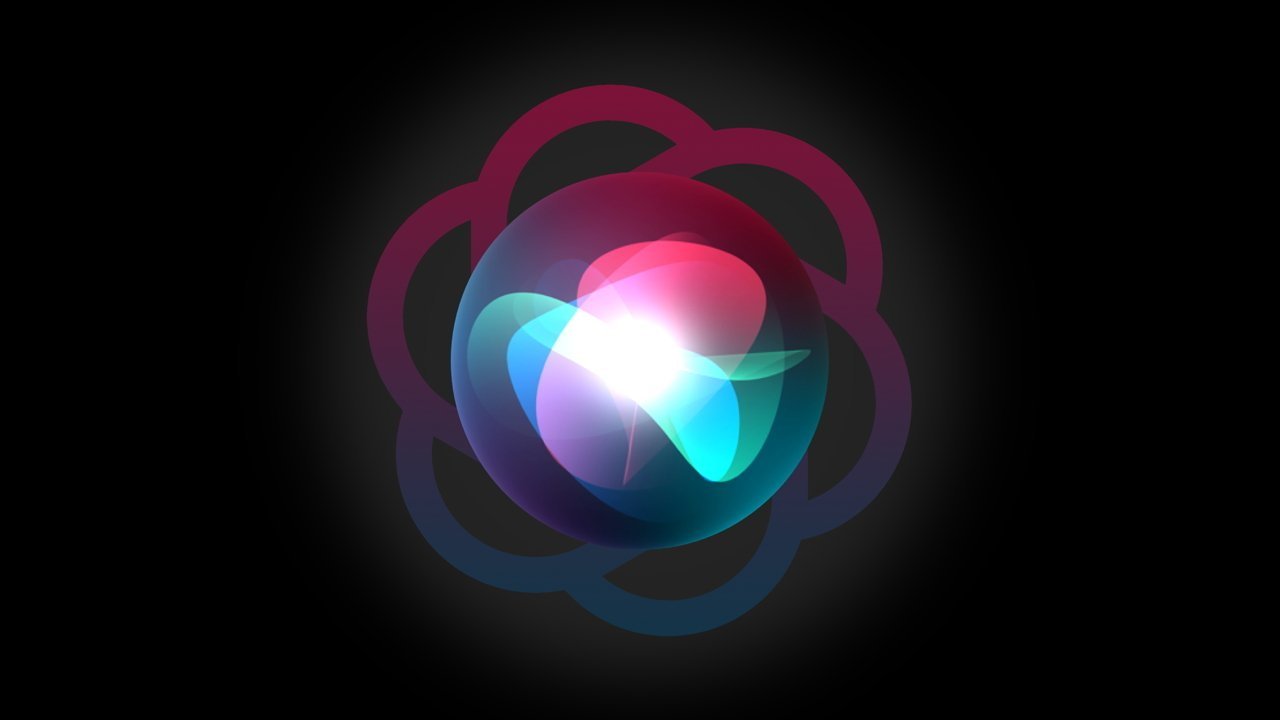
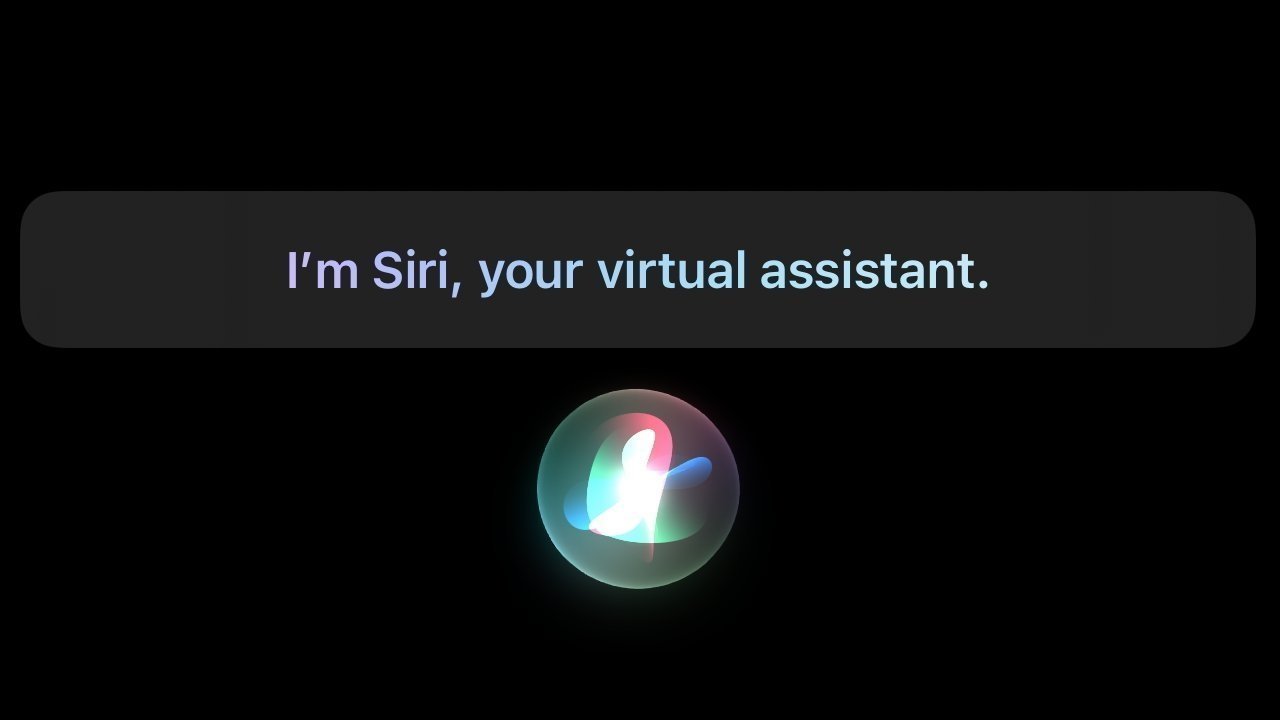
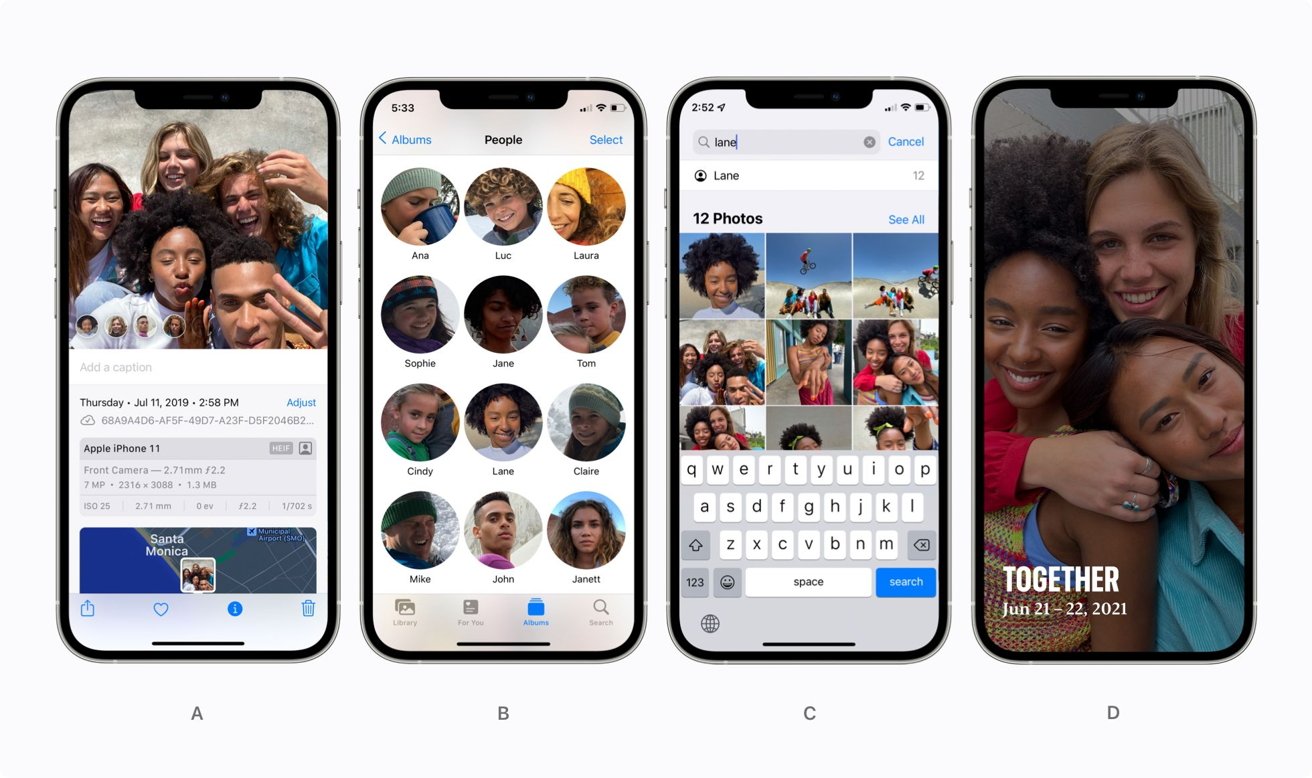

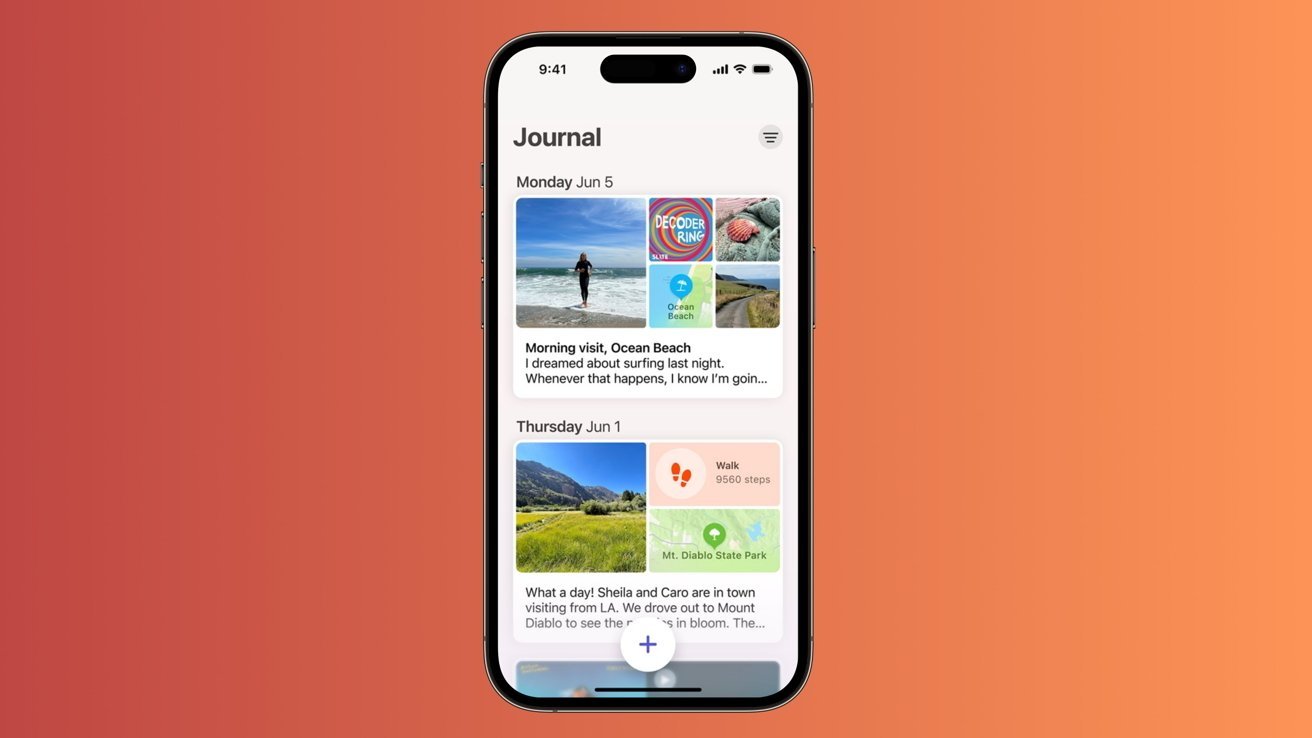
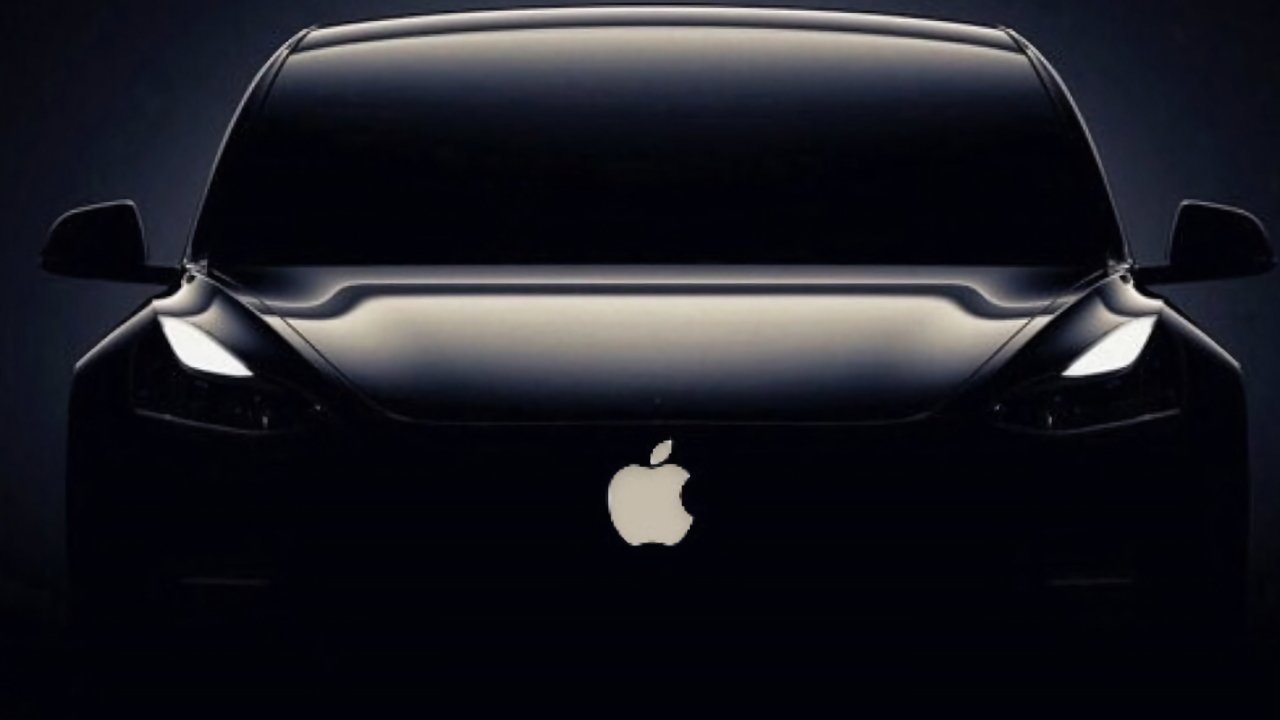

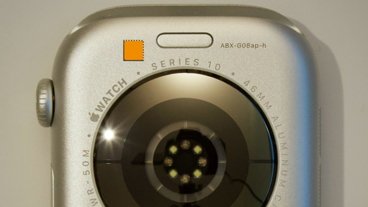


-xl-m.jpg)


-m.jpg)





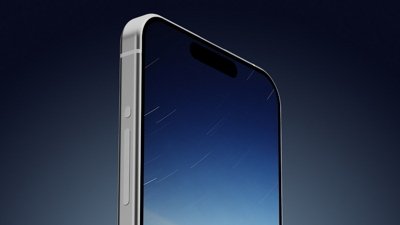
 William Gallagher
William Gallagher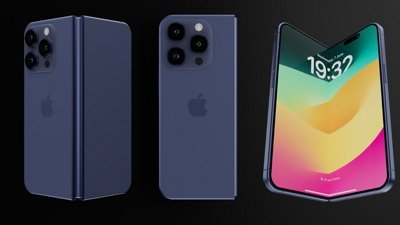
 Amber Neely
Amber Neely
 Andrew Orr
Andrew Orr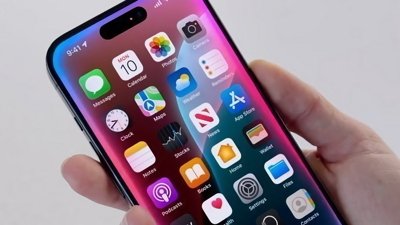



 Christine McKee
Christine McKee
 Chip Loder
Chip Loder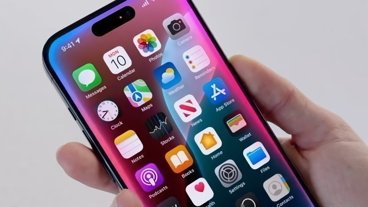







18 Comments
AI this, AI that, AI all over the place.
Wonder when RobinHood finds a dead AI company to pump and dump.
I’m wondering if the Apple Car will have a similar fate as the Apple Television Set. It’s hard for me to see how they can innovate on building cars. We already have EV and self-driving, and we already have big digital displays. Cars have been innovating like crazy in the last few years. Instead of building the actual vehicles, Apple should license the software instead. Like CarPlay, but much more advanced. I can’t imagine buying a car built by Foxconn.
"Machine learning" is a much more accurate term than "AI". Technologies like ChatGPT and "AI art" or whatever are not in any meaningful way "artificial intelligence". They just apply algorithms to massive amounts of data to spit out something that looks real, but still falls straight into the uncanny valley, and these technologies have no sense of awareness of what they are doing. They don't make decisions; they wouldn't be able to pass a Turing Test, much less solve a Trolley Problem.
The current "AI" fad of this era is, in my mind, analogous to what "bleeding edge" tech companies of the late 90s and early 00s thought the internet was going to become, with 3D VR-style, immersive "cyberspace" experiences, where our avatars walk around in rendered worlds (which can currently happen in gaming environments, but is not part of our normal everyday lives). Instead, our internet experiences are mediated by browsers on 2D screens. Not exactly Ready Player One, or Lawnmower Man, or Johnny Mnemonic.
That is why a ‘foldable phone’ will never see the light of day.